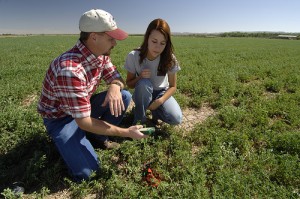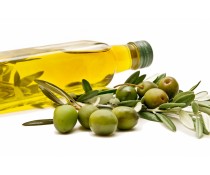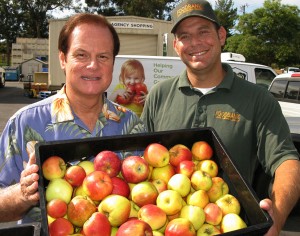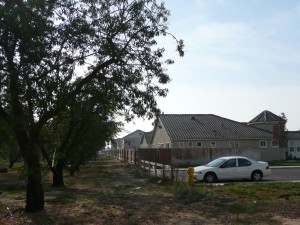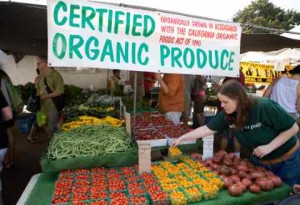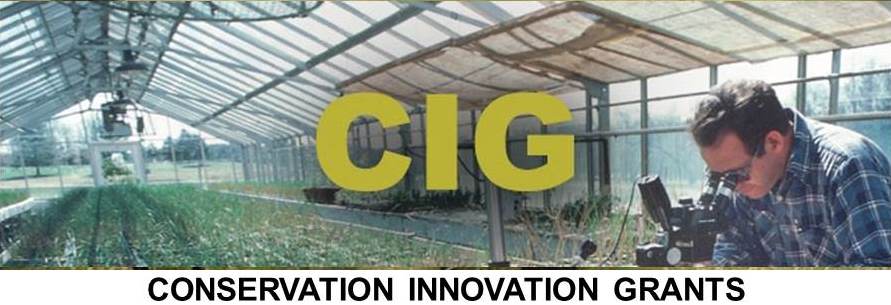On Monday, February 2, US Trade Representative Michael Froman spoke to the National Association of State Departments of Agriculture at its Winter Policy Conference.
Excerpts of speech:
…”American agriculture creates positive ripple effects through the whole economy, value added at every step between farm and table. In 2012, for example, every dollar of agricultural exports stimulated another $1.27 in business activity elsewhere in the economy.
“This positive ripple effect is precisely why our record-setting ag exports have been such an important driver of our overall economic comeback. Since 2009, U.S. ag exports have increased roughly 40 percent. In 2013, which is the most recent year we’ve got full-year data for, exports hit nearly $150 billion, the record high, and we’re still waiting on the data for 2014, but we expect that those numbers will be even higher. Taking all these exports together, U.S. exports contributed one third of our overall recovery since 2009.
“It’s not just the macro figures, not just the GDP contribution, it’s the kind of jobs these exports support. In total, our exports supported 11.3 million jobs, an increase of 1.6 million jobs since 2009. And ag exports supported over a million jobs. We know that on average, export-related jobs pay up to 18 percent more than non-export related jobs. So we’re supporting more jobs, and these are good, high-paying jobs helping to increase wages for millions of Americans. At a time when so many Americans haven’t seen a bump in their paychecks in far too long, our trade policy has an important role to play in increasing wages and strengthening the middle class across the country.
“In 2009, there were 525 million middle-class consumers in the Asia Pacific region. That number is expected to grow to over 3 billion in by the year 2030. Put differently, in just 15 years, two out of every three middle class consumers in the world will call the Asia Pacific their home. And we know that the first thing that middle class consumers want is more protein, better nutrition, and safer foods.
“So to win in the future, we need to serve not only tables here at home, we need to get into the markets where 95 percent of the global consumers live outside the United States.
“As President Obama said recently, we’re now into the fourth quarter of his presidency, and as we saw last night (Sunday night – the Super Bowl), exciting things happen in the fourth quarter. With the contours of a final TPP agreement coming into focus and strong expressions of bipartisanship support for increasing ‘Made-in-America’ exports, it’s looking like some of that excitement will be in the area of trade policy.
“An important part of our fourth-quarter push involves working with Congress to secure Trade Promotion Authority- to renew that, update it, make it relevant for the 21st century. Beginning with FDR and the New Deal Congress, Democrats and Republicans have worked together for decades to forge trade deals that support good jobs.
“To borrow from football, TPA is a playbook for putting the national interest above narrow special interests. It’s how Congress helps define our negotiating objectives, how Congress determines how we work with them before and during the negotiations, and how Congress sets out the process by which it will approve or disapprove an agreement when it’s finally done and after it’s been broadly and publicly debated.
“The fact is, Congress hasn’t updated Trade Promotion Authority since 2002, before the digital economy emerged as a major factor in global trade, before state-owned enterprises began to play the role they play in the global economy, and before there was a recognition that labor and environmental standards should be a major part of any trade agreement. It’s time to update the playbook.”






